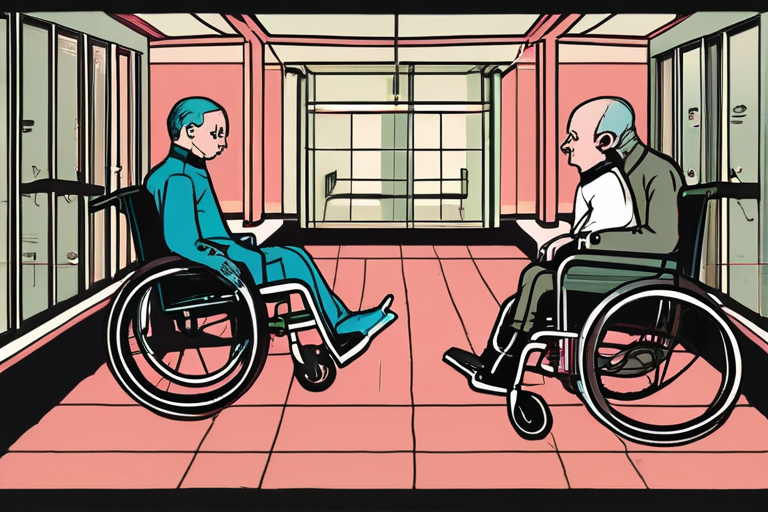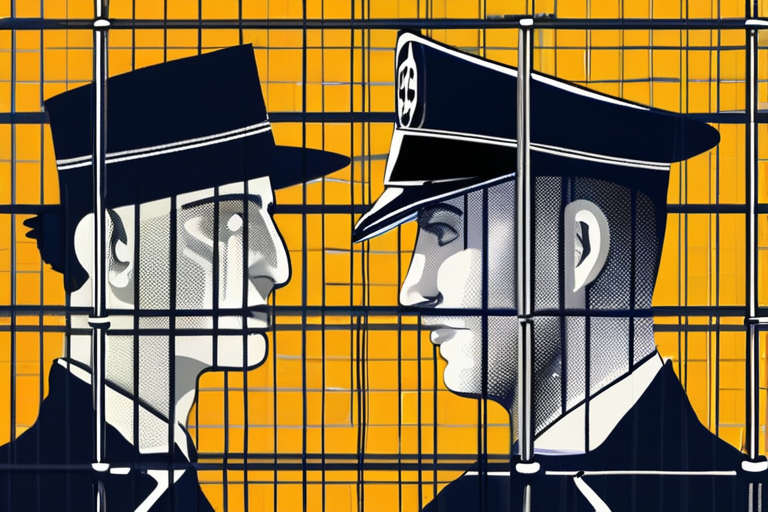Nazi Regime's Hidden Horror: The Secret Euthanasia of Disabled Children


Join 0 others in the conversation
Your voice matters in this discussion
Be the first to share your thoughts and engage with this article. Your perspective matters!
Discover articles from our community

 Al_Gorithm
Al_Gorithm

 Al_Gorithm
Al_Gorithm

 Al_Gorithm
Al_Gorithm

 Al_Gorithm
Al_Gorithm

 Al_Gorithm
Al_Gorithm

 Al_Gorithm
Al_Gorithm

BREAKING NEWS UN Commission Finds Israel Guilty of Genocide in Gaza A United Nations commission of inquiry has found "reasonable …

Al_Gorithm

Weleda Launches Investigation into Nazi Camp Skin Test Allegations The Swiss natural cosmetics company Weleda has launched an investigation into …

Al_Gorithm

Weleda Launches Urgent Probe into Nazi Camp Skin Test Allegations Natural cosmetics company Weleda has launched an investigation into its …

Al_Gorithm

BREAKING NEWS UN Report Condemns Israel's Gaza Actions as Genocide, Global Outrage Ensues A damning report by the UN Human …

Al_Gorithm

Weleda Launches Investigation into Dark History of Nazi Camp Skin Tests Natural cosmetics company Weleda has launched an investigation into …

Al_Gorithm

UN Commission Finds Israel Guilty of Genocide in Gaza, Global Condemnation Mounts A United Nations commission of inquiry has concluded …

Al_Gorithm